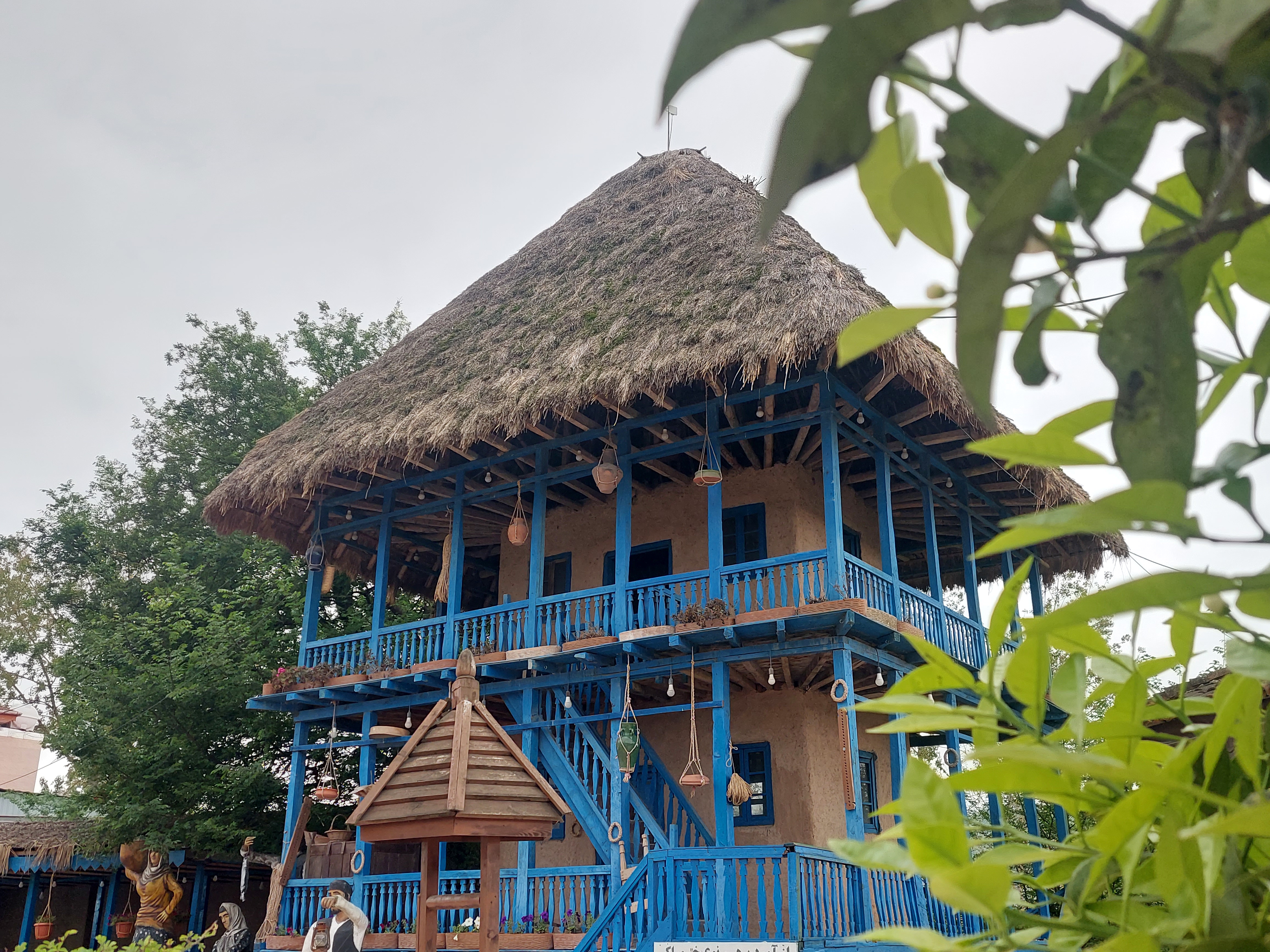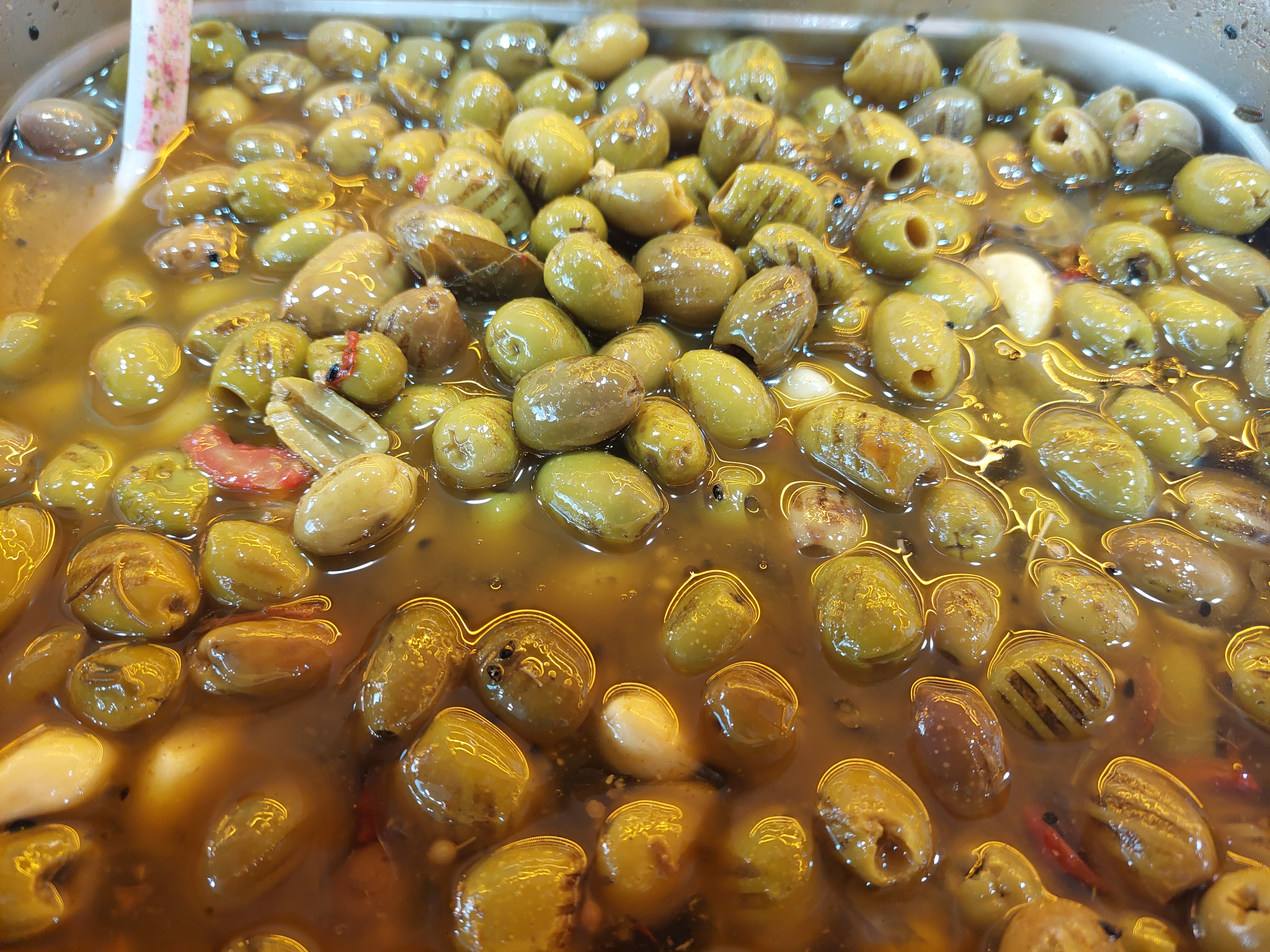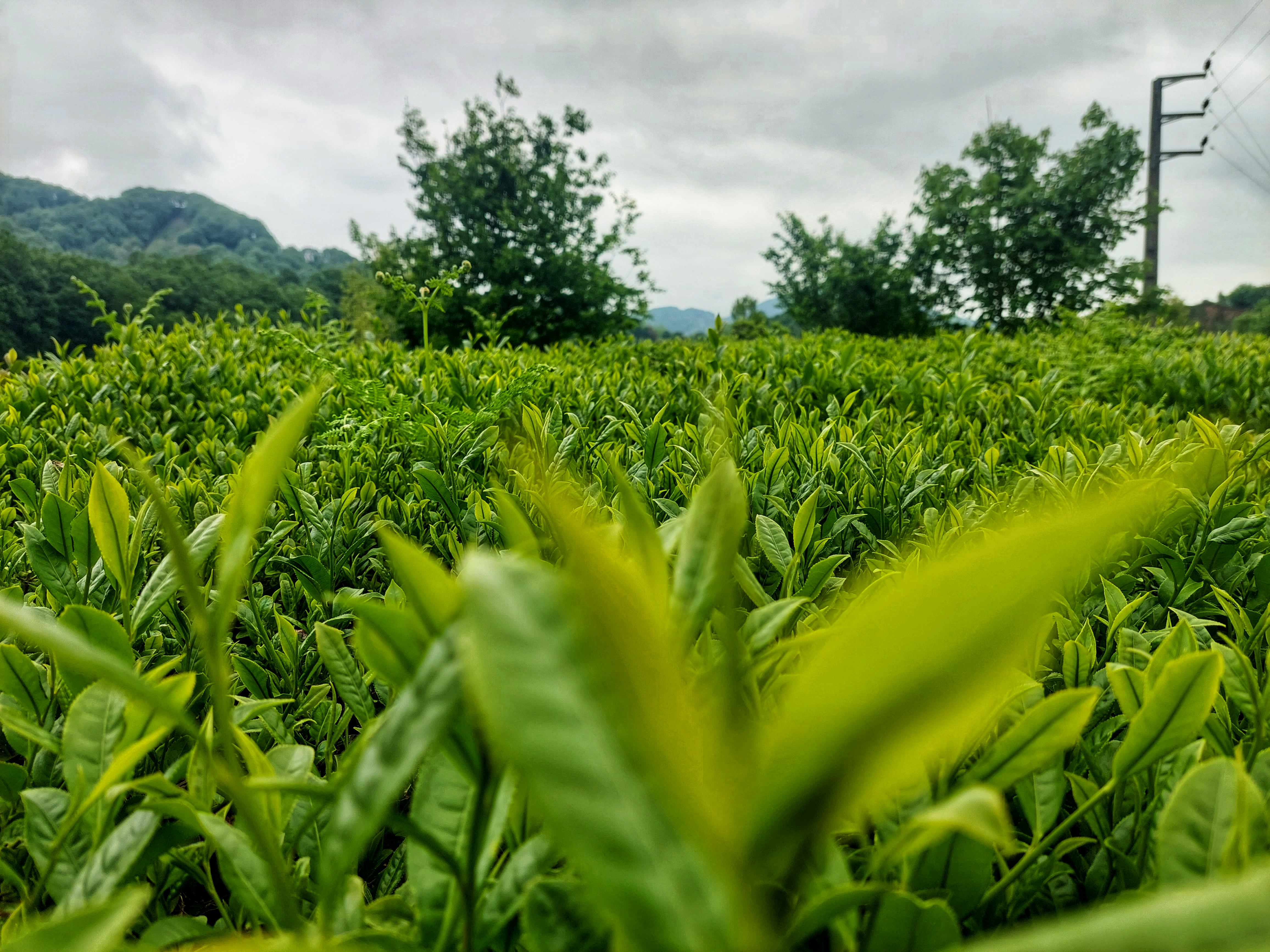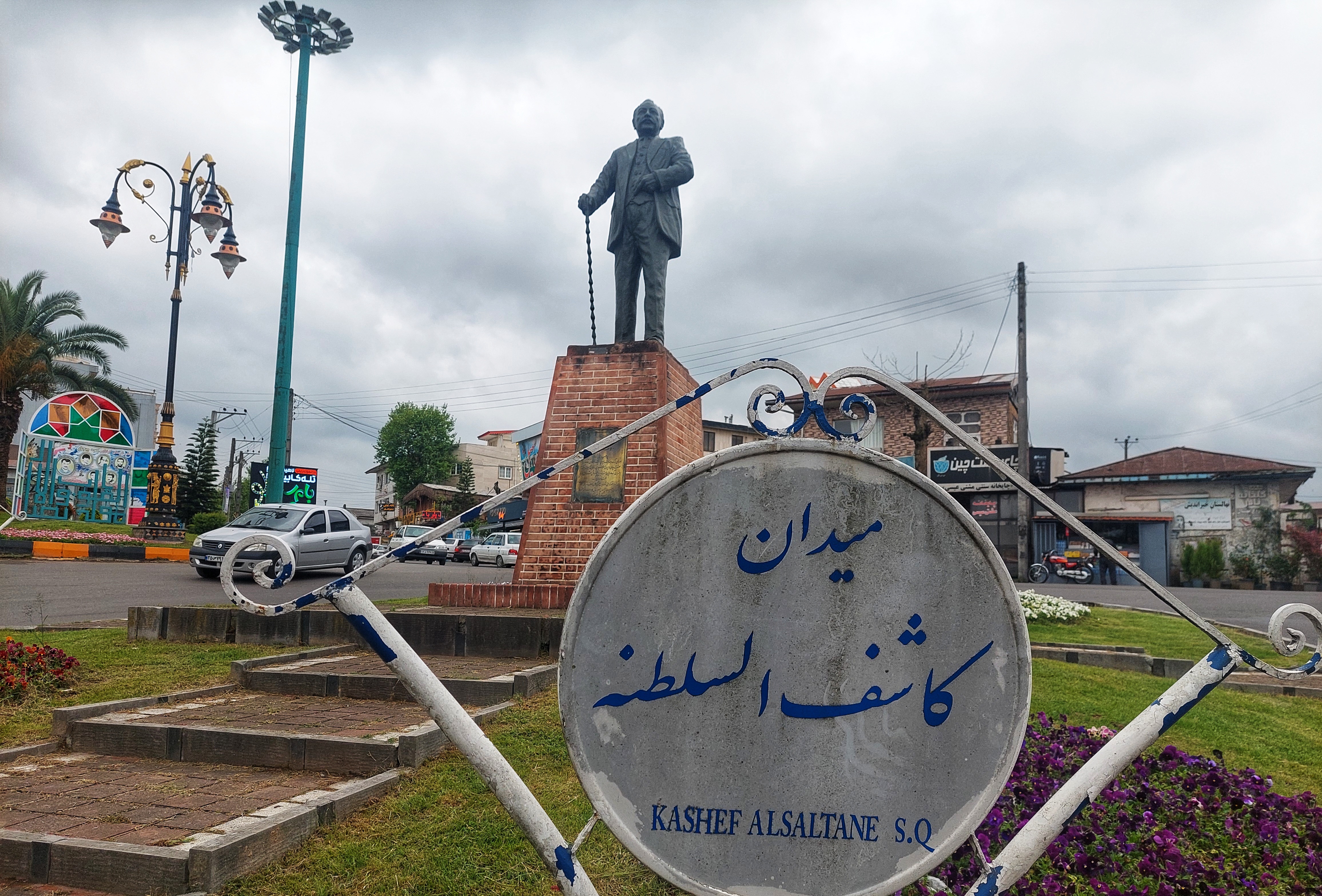Categories
The latest content
-

How Iranian Rice Cultivation and Harvesting Is Interwoven with Tradition and Culture in Gilan Province
..
-

Iranian Grilled Olives (Zeytoon Kababi): A Unique Culinary Treasure from Rudbar
..
-

: Wholesale Price and Market Trends of Iranian Tea in Germany (2025 Guide)
..
-

Exploring the Middle Eastern Market; Top Destinations for Iranian Olive and Olive Oil Exports in 2025
..

Tags
Kashif al-Saltaneh: The Visionary Who Planted the Seeds of Iran’s Tea Industry

In the tapestry of Iran’s agricultural and cultural history, few figures stand as tall as Kashif al-Saltaneh, the man rightfully known as the “Father of Iranian Tea.” His legacy is not merely about introducing a new crop—it’s about vision, national pride, self-sufficiency, and cultural transformation.
At the end of the 19th century and the dawn of the 20th, tea had already become an essential part of daily life in Iran. However, the country was heavily dependent on imports—mostly from India and China—to satisfy domestic consumption. These imports were expensive and placed a significant burden on the national economy. At that time, despite the high demand, Iran had no domestic cultivation of tea, and the idea of producing its own was considered risky and almost impossible.
Enter Mohammad Mirza Qazvini, later titled Kashif al-Saltaneh, a highly educated diplomat, statesman, and patriot. He served as the Iranian consul in British-controlled India, where he closely studied the cultivation of tea in the lush estates of Assam and Darjeeling. The British, intent on preserving their monopoly over tea production, had made it illegal to export tea seeds or even teach non-British individuals the secrets of tea farming. But Kashif al-Saltaneh was determined.
Risking his diplomatic position and safety, he cleverly smuggled tea seeds, saplings, and handwritten cultivation guides into Iran, hiding them in his luggage. Upon returning to Iran around 1901, he began planting the seeds in the fertile regions of Gilan, particularly Lahijan, which offered a similar climate to the tea-growing regions of India and China. The results were promising, and over time, tea cultivation flourished in the north of Iran.
But his mission didn’t stop there. Kashif al-Saltaneh dedicated himself to teaching local farmers the art of tea growing. He worked tirelessly to promote tea as a strategic national crop, pushing against bureaucracy and public skepticism. He established the first Iranian tea farms, as well as processing factories, and helped create a sustainable supply chain for domestic tea.
His contributions laid the foundation for what is today a proud and self-sufficient sector of Iran’s agricultural economy. Lahijan is now known as the capital of Iranian tea, and thousands of families across the northern provinces depend on tea farming for their livelihoods. The tea produced in Iran is admired for its natural cultivation, deep color, aromatic quality, and the absence of artificial flavors or additives—a legacy that reflects Kashif al-Saltaneh’s original vision of creating a pure, authentic product rooted in national identity.
Today, his mausoleum stands proudly in Lahijan, near the slopes where the first Iranian tea bushes were planted. It is both a historical monument and a symbol of determination, innovation, and national pride. Visiting this site is like stepping into a page of Iranian history—one that continues to influence millions of lives every day.
Kashif al-Saltaneh taught Iran to drink from its own garden and planted the seeds of self-reliance. His work did not just brew tea; it brewed independence.



